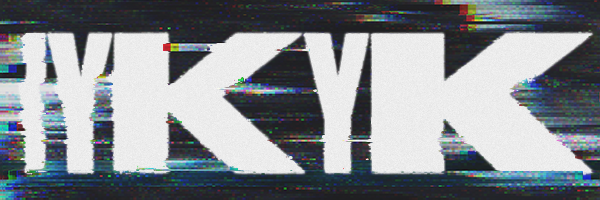What Does ‘Yassification’ Mean? A Brief History Of The Queer Term
What do you get when you put iconic celebrity and pop culture moments and FaceTune into a blender? Yassification!
The Internet (in particular, one Twitter user) has been putting their photo editing skills to good use, starting a trend in their wake.
AdvertisementADVERTISEMENT
But what's the story behind these overly edited and retouched photos? Why do they feel somewhat eerie? Does it comment on selfie and influencer culture at large? Let's dive in.
Where Did 'Yassification' Originate?
The term 'yas' originated in the 1980s by QPOC (queer people of colour), according to William Leap, a professor of anthropology at American University and a scholar of gay language. It became popularised through drag culture which filtered through to the mainstream through shows like Broad City and RuPaul's Drag Race.
'Yass' — not the New South Yales town — is an exclamation of excitement or joy. To yassify means to make something better or queerer. The term yassification was first used on Twitter in August 2020, according to Know Your Meme.
"The process of making something substantially better than its original version, or of having something appear to be significantly better than its similar or comparable predecessor," reads one Urban Dictionary definition. "The act of making someone or something gayer," reads another.
It's not limited to people, either. On TikTok, the hashtag #yassification has over 268 million views and users have taken to yassifying vacuum cleaners, mango pips and Sydney's Oxford St's BWS.
What Is The YassifyBot?
— Yassify Bot (@YassifyBot) November 15, 2021
— Yassify Bot (@YassifyBot) November 17, 2021
— Yassify Bot (@YassifyBot) November 17, 2021
On 13 November 2021, a 22-year-old Twitter user made their first post on @yassifybot — currently with over 160,000 followers, the account posts before and after yassification edits of celebrities, pop culture figures and memes.
AdvertisementADVERTISEMENT
They used their FaceApp subscription as a way to poke fun at "unhealthy, unrealistic beauty standards that come from technology, social media and editing apps," according to Paper Magazine.
@Yassifybot's last Twitter update was on 5 January 2022, and the account seemingly dormant now.
Is Yassification Problematic?
While most of the commentary has been lighthearted humour, the Yassify Bot has sparked deeper conversations and questions about the ethics of the practice. The creator has admitted to being "embarrassed" and "not proud" of what they've created. Misogynist, transphobic and racist undertones have been challenged through the editing app's process — do trans women need to present more feminine? Why does the app lighten dark skin colours?
A lot of gay slang originates from AAVE so many people have questioned the term 'yassify' and whether it's considered appropriation.
"I think there’s a broader cultural trend that’s been happening of mainstream pop culture referencing very queer cultural forms of production in ways that obscure the origins," Erique Zhang, a PhD candidate in the Media, Technology, and Society program at Northwestern University previously told Refinery29.
To yassify means to make something better, so perhaps taking a look at the term's roots and being culturally sensitive is the biggest yassification of them all.
Want more? Get Refinery29 Australia’s best stories delivered to your inbox each week. Sign up here!
AdvertisementADVERTISEMENT







